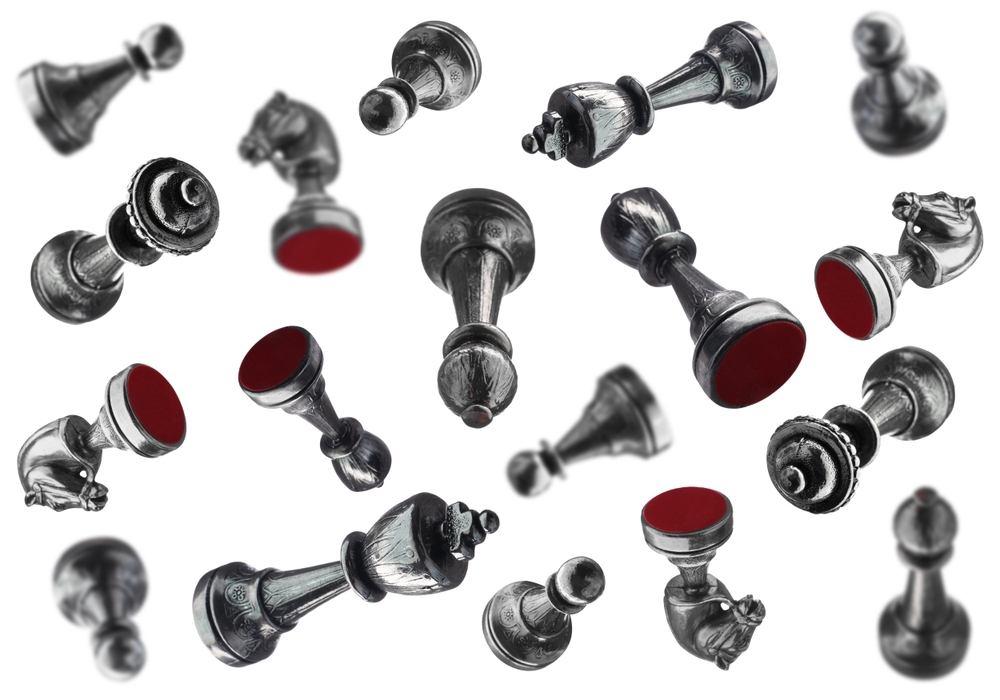
Board games have always been a fascinating way to bring people together. Among the many traditional games loved across the world, Fei Xing Qi (飞行棋)—commonly known as Aeroplane Chess or Flying Chess—holds a special place. This game combines simplicity, speed, and excitement, making it one of the most enduring family favorites in China and beyond.
At first glance, it may look like a colorful version of Ludo or Pachisi, but Aeroplane Chess introduces its own unique mechanics, playful twists, and charming airplane-shaped tokens that set it apart. With its origins rooted in Chinese culture and its popularity spreading globally, this game has earned a reputation as both nostalgic and timeless.
In this detailed review, we’ll dive deep into its history, gameplay mechanics, cultural value, pros and cons, modern adaptations, and buying options. Whether you’re a casual player, a board game enthusiast, or simply looking for a fun family game, Aeroplane Chess has something to offer.
History & Origins of Aeroplane Chess
The exact history of Fei Xing Qi is somewhat obscure, but most researchers agree that the game evolved in China during the 20th century as a localized adaptation of Ludo, which itself originated from Pachisi, an ancient Indian game dating back over 1,000 years.
While Ludo spread worldwide through British colonial influence, the Chinese gave it a creative spin—literally. Instead of simple tokens, players got miniature airplanes. This small design choice made the game immediately more appealing, especially for children, and gave it a distinctive cultural identity.
Over the decades, Aeroplane Chess became a household name across China, much like Snakes & Ladders in South Asia or Monopoly in the West. Families played it during gatherings, kids carried it to schools, and toy stores sold countless colorful versions. Today, it continues to be a nostalgic memory for adults and a fun pastime for younger generations.
Components of the Game
A standard Aeroplane Chess set usually contains:
- 1 Game Board — featuring 52 main track squares, four differently colored starting zones, shortcut paths, and a central “finish” hub.
- 16 Airplane Tokens — divided into 4 sets (red, yellow, green, and blue), each player controls four planes.
- 1 Six-Sided Die — the key to movement and decision-making.
Some modern sets come with foldable boards, magnetic pieces, or even digital companion apps. Despite these upgrades, the basic structure remains unchanged.
How to Play Aeroplane Chess
The rules are simple yet exciting, making the game accessible for children and adults alike.
Setup:
Each player chooses a color (red, green, yellow, or blue) and places their four airplanes inside their “hangar.” The board is placed in the center, and players roll to determine who starts first.
Rules of Movement:
- Starting the Plane:
- To move a plane out of the hangar, a player must roll a 5 or 6.
- Without this roll, the turn passes to the next player.
- Moving Around the Board:
- Once on the board, planes move clockwise based on the die result.
- Rolling a 6 grants an extra turn, but rolling three consecutive sixes forces one of your planes back to the hangar.
- Capturing Opponents:
- If you land on a square already occupied by an opponent’s plane, their plane is sent back to its hangar.
- Shortcuts:
- Landing on specific colored squares that match your plane allows you to take shortcuts, flying your plane closer to the center hub.
- Winning the Game:
- Planes must enter the center hub with an exact roll.
- The first player to bring all four planes home is the winner.
House Rules & Variations:
Many families introduce their own house rules, such as:
- Double-sixes give longer jumps.
- Dice battles where opponents roll-off when landing on the same square.
- Stacking multiple planes for protection.
This flexibility adds replay value and ensures no two games feel identical.

What Makes Aeroplane Chess Great
1. Easy to Learn, Fun to Play
Unlike complex strategy games, Aeroplane Chess can be explained in just a few minutes. The mix of luck (dice rolls) and strategy (choosing which plane to move) keeps players engaged.
2. Family-Friendly Entertainment
Perfect for children, parents, and grandparents alike. Its lighthearted competition often sparks laughter, teasing, and unforgettable memories.
3. Quick Rounds
Unlike Monopoly or Risk, which can take hours, Aeroplane Chess is fast-paced. Most games last 20–40 minutes, making it ideal for casual play.
4. Cultural Nostalgia
For many in China and Asia, the game represents childhood, festivals, and family gatherings. Playing it often feels like a journey back in time.
Limitations of Aeroplane Chess
While fun, Aeroplane Chess isn’t perfect:
- High Randomness: Luck dominates strategy. Dice rolls can make or break your chances.
- Limited Depth: Serious board gamers may find it too simple for long-term engagement.
- Quality Variations: Some low-cost physical sets are made from flimsy materials.
Despite these drawbacks, it shines best as a casual, family-friendly game rather than a competitive one.
Physical Versions You Can Buy
If you love the offline board game experience, you can easily purchase Aeroplane Chess sets online.
- In Pakistan, you can find affordable and colorful sets on Daraz.
- For international buyers, Amazon offers multiple versions, from budget-friendly cardboard sets to premium wooden or magnetic editions.
👉 Buy Aeroplane Chess on Daraz
👉 Buy Aeroplane Chess on Amazon
Digital Versions & Mobile Adaptations
With the rise of smartphones, Aeroplane Chess has gone digital. Several free and paid versions are available on both Android and iOS platforms.
Features of Digital Versions:
- Play against AI or real opponents online.
- Save progress and play at your own pace.
- Enjoy modern graphics and sound effects.
Some apps also include extra rules, multiplayer options, and even animated planes to keep things interesting.
Popular app titles include:
- Flying Chess – Aeroplane Game (Google Play)
- Aeroplane Chess HD (Apple App Store)
For players who prefer convenience and portability, digital versions are a fantastic alternative.
The Psychology Behind the Fun
Why do people love Aeroplane Chess so much despite its simplicity? The answer lies in psychology:
- Anticipation of the Dice Roll: The suspense before rolling creates excitement.
- Reward & Punishment: Sending an opponent’s plane back feels thrilling, while losing your own builds emotional tension.
- Family Bonding: Unlike solitary games, Aeroplane Chess sparks face-to-face interactions, laughter, and storytelling.
This blend of luck, competition, and social play explains why the game has remained popular for generations.
Aeroplane Chess Compared to Other Board Games
- Ludo: Similar mechanics, but Aeroplane Chess adds shortcuts and unique rules that make it faster and more exciting.
- Snakes & Ladders: Flying Chess offers more interaction since players can actively capture and block each other.
- Monopoly: Monopoly is strategic and lengthy, while Aeroplane Chess is casual and quick.
This balance makes it an ideal filler game during gatherings or as a warm-up before longer board games.
Final Thoughts & Rating
Aeroplane Chess (Fei Xing Qi / Flying Chess) continues to be a timeless board game that brings families and friends together. Its colorful design, easy rules, and balance of luck and strategy make it one of the best casual games to enjoy at home.
Ratings:
|
Feature |
Rating |
| Accessibility | ⭐⭐⭐⭐⭐ |
| Fun Factor (Casual) | ⭐⭐⭐⭐ |
| Strategic Depth | ⭐⭐ |
| Quality Variability | ⭐⭐ (depends on version) |
Bottom Line:
If you’re looking for a light, enjoyable game for family nights, Aeroplane Chess is perfect. Don’t expect deep strategy, but do expect laughter, surprises, and competitive fun.
👉 Play it with a physical board set (available on Daraz or Amazon) for that nostalgic feel.
👉 Or try a digital app version if you want to enjoy it on the go.
